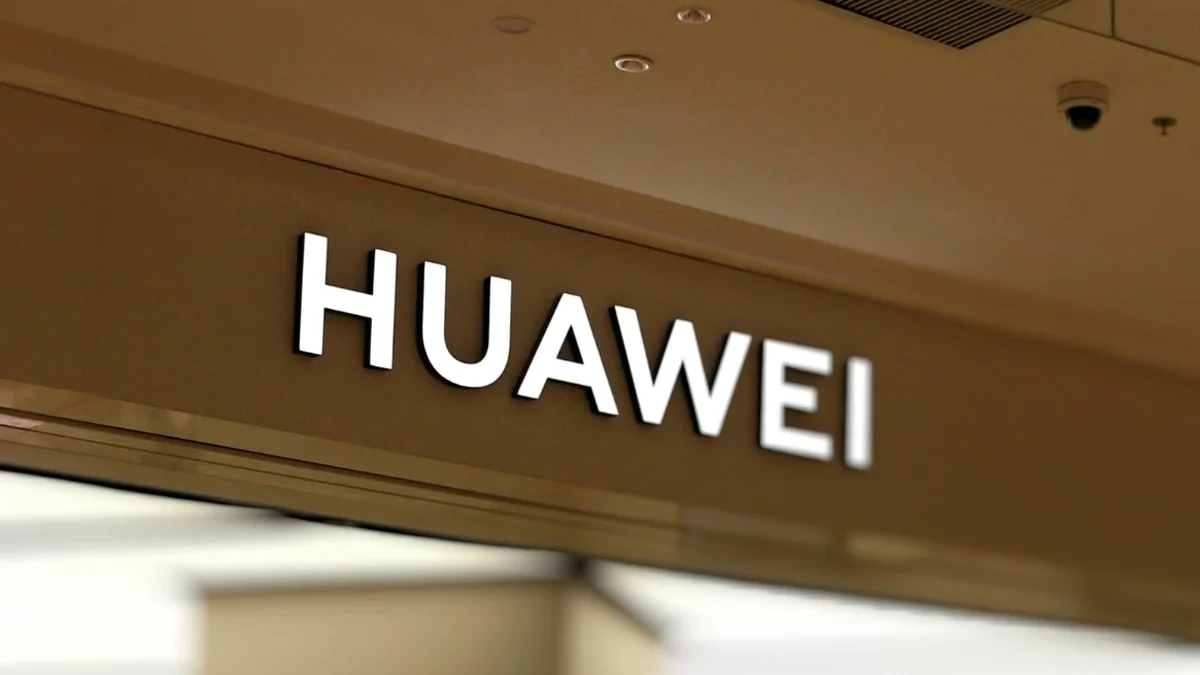Necessary Always Active
Necessary cookies are required to enable the basic features of this site, such as providing secure log-in or adjusting your consent preferences. These cookies do not store any personally identifiable data.
|
||||||
|
||||||
|
||||||
|

Chinese smartphone giant Huawei has open-sourced two of its AI models, CNBC reported. The tech company announced open-sourcing of some of its reasoning technology and AI models under the Pangu series on June 30.
Tech experts say the decision to make Huawei AI models available for modification and redistribution will enable the smartphone giant to expand overseas while building its AI ecosystem.
Open sourcing Huawei LLMs extends the company’s strategy of building a comprehensive AI value chain. AI experts suggest that the decision will empower enterprises and developers to experiment using Huawei free AI tools, customize the models and deploy them in a way that suits regional and industry needs.
“The move is expected to incentivize the use of other Huawei products,” Chief Analyst at Omdia Lian Jye Su said.
This gives the smartphone giant a big advantage as it accelerates its software offerings and hardware integration after being denied access to advanced American AI technology. By eliminating barriers for AI developers both in China and abroad, Huawei displays its ambition to take lead in AI innovation locally as well as the intention to widen its global reach.
Speaking to CNBC, tech experts say Huawei’s announcement shows how the Chinese tech giant is positioning itself as a global open-source LLM player. The announcement also highlights the strategy that the company is using to strengthen its role in the AI value chain even as it seeks to overcome US AI chip export curbs.
Huawei’s move to open-source its AI technology is very similar to the approach taken by other China-based AI companies. Baidu, for instance, open-sourced Ernie, its LLM series on June 30.
Huawei has termed its open-source move an important measure for its Ascend ecosystem strategy. The ecosystem entails AI products developed using Huawei’s Ascend AI chip series. These chips are widely seen as China’s top rival to those produced by US tech giant Nvidia.
With the export restrictions in place, Nvidia has been banned from selling its most advanced chips to China. This has turned Ascend into a major player in the Chinese market.According to Huawei, the decision to outsource its models will enhance adoption of its AI technology across thousands of industries.
Over the last decade, the smartphone giant has grown from a competent telco to become a “muscular technology juggernaut straddling the entire AI hardware and software stack,” said Paul Triolo, Senior VP for China at DGA-Albright Stonebridge Group said.
Chinese companies such as DeepSeek and Baidu have developed LLMs with numerous capabilities, However, Huawei has differentiated itself by focusing on specialized models for sectors like manufacturing, finance, and government.
“Huawei is not as strong as companies like DeepSeek and Baidu at the overall software level – but it doesn’t need to be. Its objective is to ultimately use open-source products to drive hardware sales, which is a completely different model from others. It also collaborates with DeepSeek, Baidu and others and will continue to do so,” Director of Research at Counterpoint Research Director Marc Einstein said.
While making the announcement on June 30, the smartphone maker invited corporates, developers, and researchers across the globe to access and utilize its open-source products in order to provide feedback and help improve them.
“Huawei’s open-source strategy will resonate well in developing countries where enterprises are more price-sensitive as is the case with Huawei’s other products,” Einstein added.
The Chinese tech giant has been exploring ways to take its latest AI solutions overseas as part of its global expansion strategy. Huawei joins other Chinese companies like Zhipu AI that have been entering new overseas markets gradually.